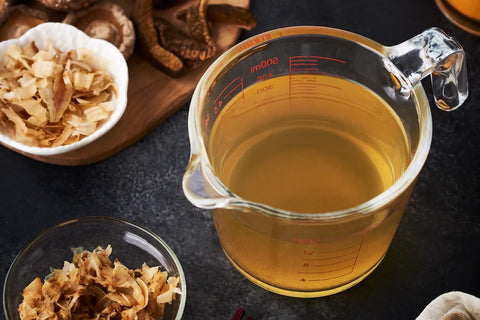
Nori sheets for sushi come in different grades. You can usually tell which is which from the colour of the packaging. In England, nori is graded with alphabets and colours, in Japan there are 9 grades. Japanese grade their nori by colour, shininess, weight, thickness, spots (holes), and also if the nori contains any other seaweeds.
British nori grades are often shown as alphabets and colours.
- Gold or A grade
- Silver or B grade
- Blue or between B and C grade (usually upgraded to B)
- Red, Yellow or C grade
- Green or D grade
Most nori grades can be identified by this scale. This is not a definitive guide however—different manufacturers allocate different grade letters or colours to their nori and have their own grading system, so there are some exceptions.
The grade of nori is not determined by the flavour, as you would think. What is important is how nori looks. The darker the colour, the better. Higher grades have a jet black hue, with colours becoming lighter down the grades. (Jet black - black - dark green - green).
Also, better quality nori is identified by its sheen.

(Shiny jet black nori)
As the nori grades go down, sometimes nori sheets are a bit thinner and contain another kind of seaweed. They may also have spots on the surface. Spots appear when the seaweed is becoming dry, causing the sheet to shrink slightly. As mentioned earlier, nori grades aren't about the taste—it’s all about how it looks. If you're making sushi at home, then lower grade nori sheets are perfectly reasonable. For restaurant use, higher grades of nori will look much nicer.

Normal nori (Tiny bit greener than black nori sheet)
Some grades are set as green C and red D, but yellow can also be classified as C depending on manufacturer. Comparing the price of nori between brands can help with differentiation.
Here are examples of nori grades:

Yaamotoyama Gold A Silver B Yellow C Green D |

|

Takaokaya Blue B Green C |

Nagai Gold A Blue B Green C Red D |
https://www.sushisushi.co.uk/collections/nori




